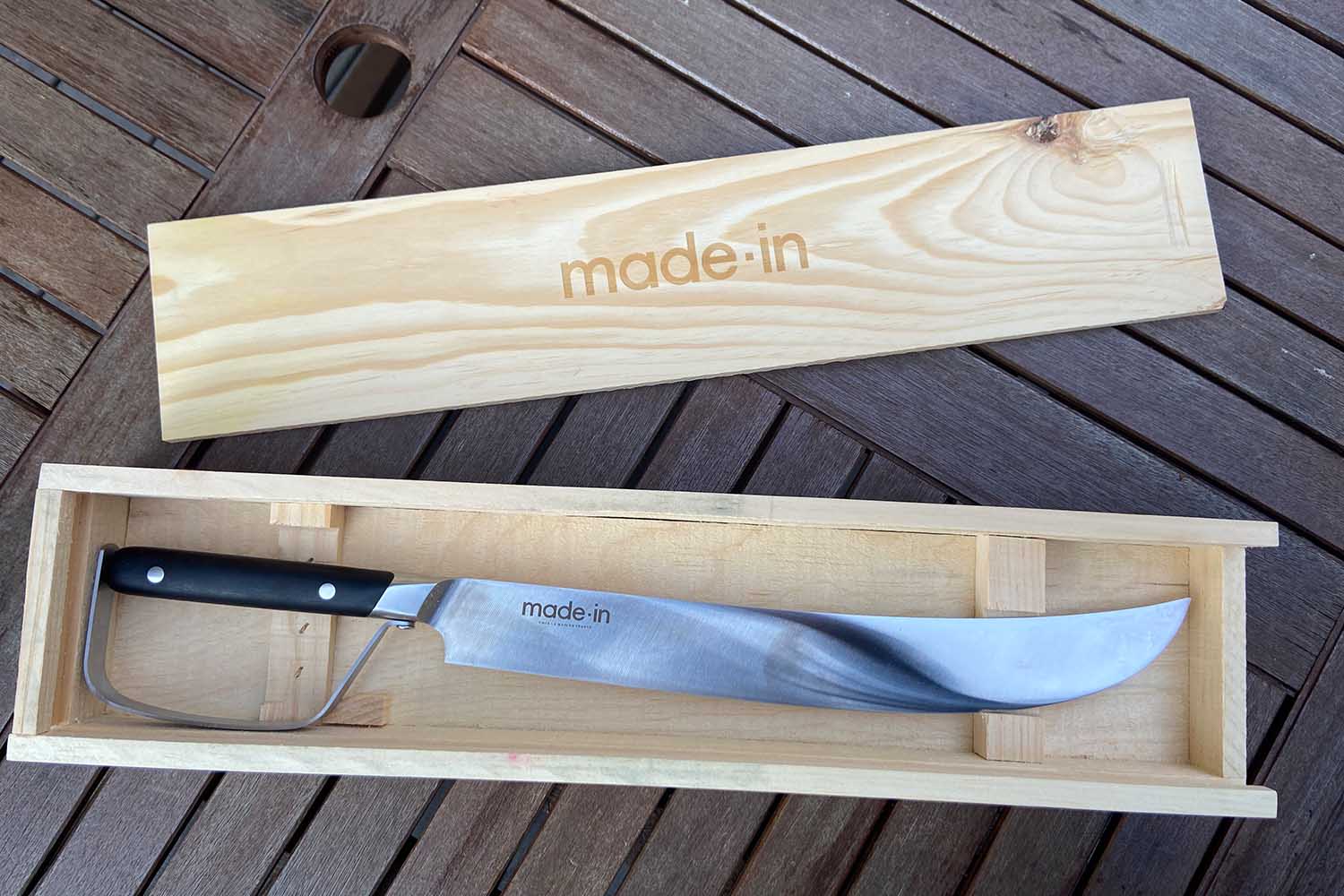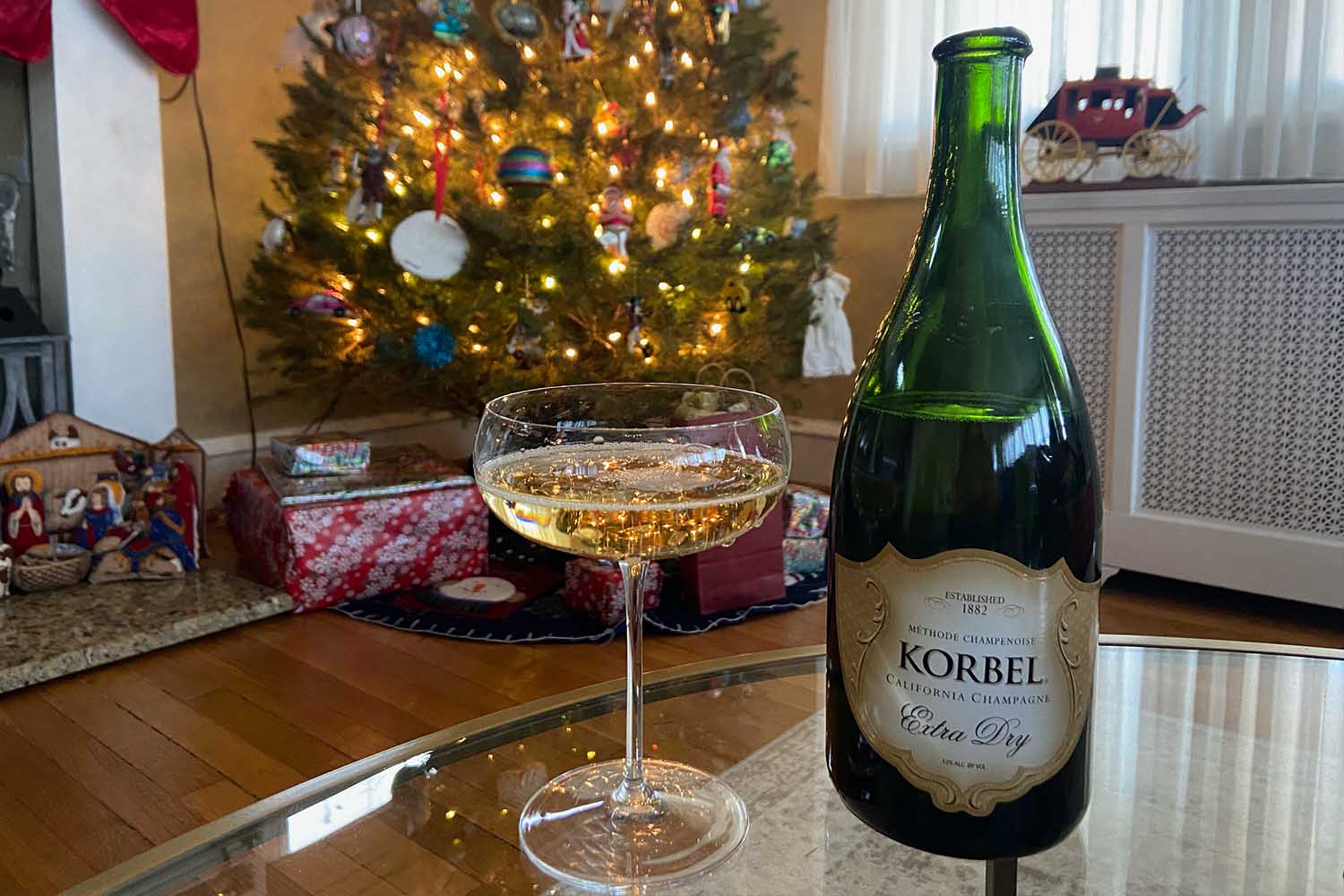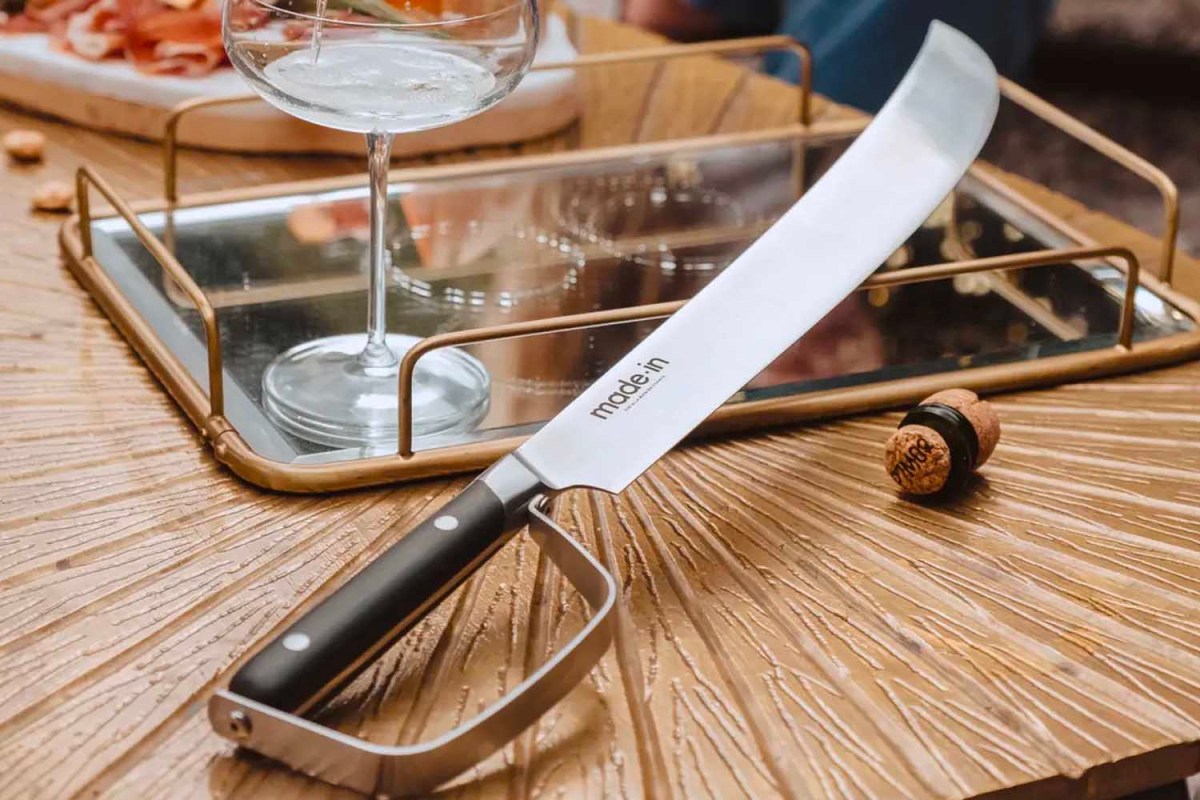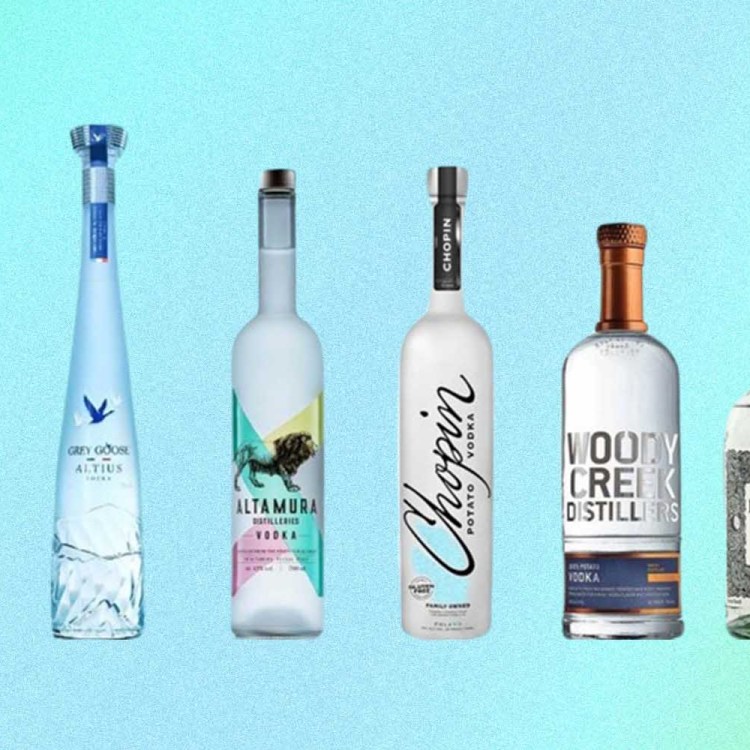Nota bene: All products in this article are independently selected and vetted by InsideHook editors. If you buy something, we may earn an affiliate commission.
I’ll admit, I’m not a huge fan of sparkling alcohol. It’s mainly due to my numerous GI issues that cause a bubbly glass of champagne or prosecco to give me immediate indigestion (sexy, I know.)
This is a shame because I love the aesthetic of drinking champagne: holding a sleek flute, chugging from a bottle of Andre but fully acting as if it’s Dom and, of course, popping that motherfuckin’ bottle. Really, it’s the spirit of champagne that I love, and whether it’s being loudly popped sprayed, or toasted in stunning crystal glasses, it’s usually because there’s something worth celebrating. But what if I told you that you and I could kick our champagne celebrations up several notches?
If you’re a champagne lover, you’re probably familiar with a particular, semi-dangerous technique for opening a bottle of bubbly called Sabrage. For the uninitiated, the technique involves opening a bottle of champagne with a saber or a champagne sword — an instrument specifically designed for ceremonial champagne popping. Sabrage actually became popular just after the French Revolution thanks to Napoleon Bonaparte’s army, whose soldiers would use sabers — the light cavalry’s weapon of choice — to open champagne as they celebrated their victories.
So when Made In, the direct-to-consumer cookware company that offers high-quality pots, pans and other cooking equipment we enjoy cooking with, reached out about their new Champagne Saber, we had to go buy a bunch of champagne bottles and try it out for ourselves.
The Specs
Priced at $199, Made In’s Champagne Saber arrived in a slim wooden box which not only provides convenient storage for the blade but adds another level of grandeur upon opening (another reason why it’d make for a memorable gift.)
As for the Saber itself, the instrument is designed with a 13.5” full-tang blade so it’s completely balanced throughout the handle and features all the same design details as the company’s sleek knives. So if you’ve got a full Made In blade collection, this one will fit right in.
Lastly, and maybe most importantly, the Saber’s blade is intentionally dull to ensure safe sabering — which I know might disappoint all you hardasses, but nothing kills a vibe faster than someone finding a finger in their drink.

Before You Saber
Made In has a very helpful guide to sabering that includes step-by-step instructions from Sarah Thomas, a former Sommelier at Le Bernardin, which was a godsend for a novice like myself.
I implore you to carefully read the thorough guide, but a few key things to note before sabering:
You want to saber with a very cold bottle (like submerge it in an ice bath cold) of a traditionally made sparkling wine like Champagne, Cremant or Cava, which feature thicker glass. Apologies to you prosecco heads, but experts do not recommend sabering with a bottle of that bubbly since the glass is thinner and the bottle has less pressure, making it more likely to shatter. Oh, and be sure to wipe that baby down so it doesn’t slip in your hand.
So how did Made In’s Champagne Saber fair?
Uh … this thing is awesome.
As someone who has never held a blade larger than a chef’s knife in their hand, Made In’s Saber didn’t feel particularly scary. Of course, the blade is purposefully dull, but the feel of the handle felt secure in my grasp and I felt confident wielding it. The hardest part for me, someone with no upper body strength, was trying to hold still a heavy bottle of champagne in my non-dominant hand — but I managed, and after a few tries, did in fact successfully saber a bottle of Champagne.
After unwrapping the foil, I found the bottle’s seam, which is the weakest point of the bottle and where you’re supposed to run the saber. At first glance, sabering can be a tad confusing. You’re not slashing or smashing anything, the goal is to hit the bottle where the lip meets the seam near the top because physics.
The seam and the lip of the champagne bottle each create an individual stress concentration. So when those two intersect, both stress concentrations combine and reduce the strength of the glass by more than fifty percent. Once the saber hits that weak spot, it creates a crack that rapidly spreads through the glass. Couple that with the momentum from the saber and boom, the cork will go flying.

What I found most impressive about my little sabering journey was that you don’t need a ton of force to knock the top off. Again, physics. But I also attribute much of my successful sabering to Made In’s beginner-friendly knife.
As this is my first time handling a saber, I can’t tell you it’s the best one out there. However, I do think it’s pretty solid for anyone who wants to learn a cool new party trick. The Saber’s rectangular handle works almost as a guide for how to correctly hold the instrument (knuckles up) while helping the user obtain a firm grasp. Plus the entire sword is pretty lightweight, which, again, for someone who often works legs and glutes over arms, made it possible for me to even use the thing. And while it’s a blade you still need to be careful wielding, especially if you’re whipping it out during a booze-filled party, we’re not talking samurai-level sharpness. I wasn’t scared I’d lose a limb testing it out.
So if you’re still looking for a (very) last-minute gift that’ll impress, or just want to kick the New Year and subsequent celebrations off with a shiny new stunt, consider the Champagne Saber (that you can also bundle with a set of four gorgeous Italian-crafted Coupe Glasses for $258).
We've put in the work researching, reviewing and rounding up all the shirts, jackets, shoes and accessories you'll need this season, whether it's for yourself or for gifting purposes. Sign up here for weekly style inspo direct to your inbox.


















